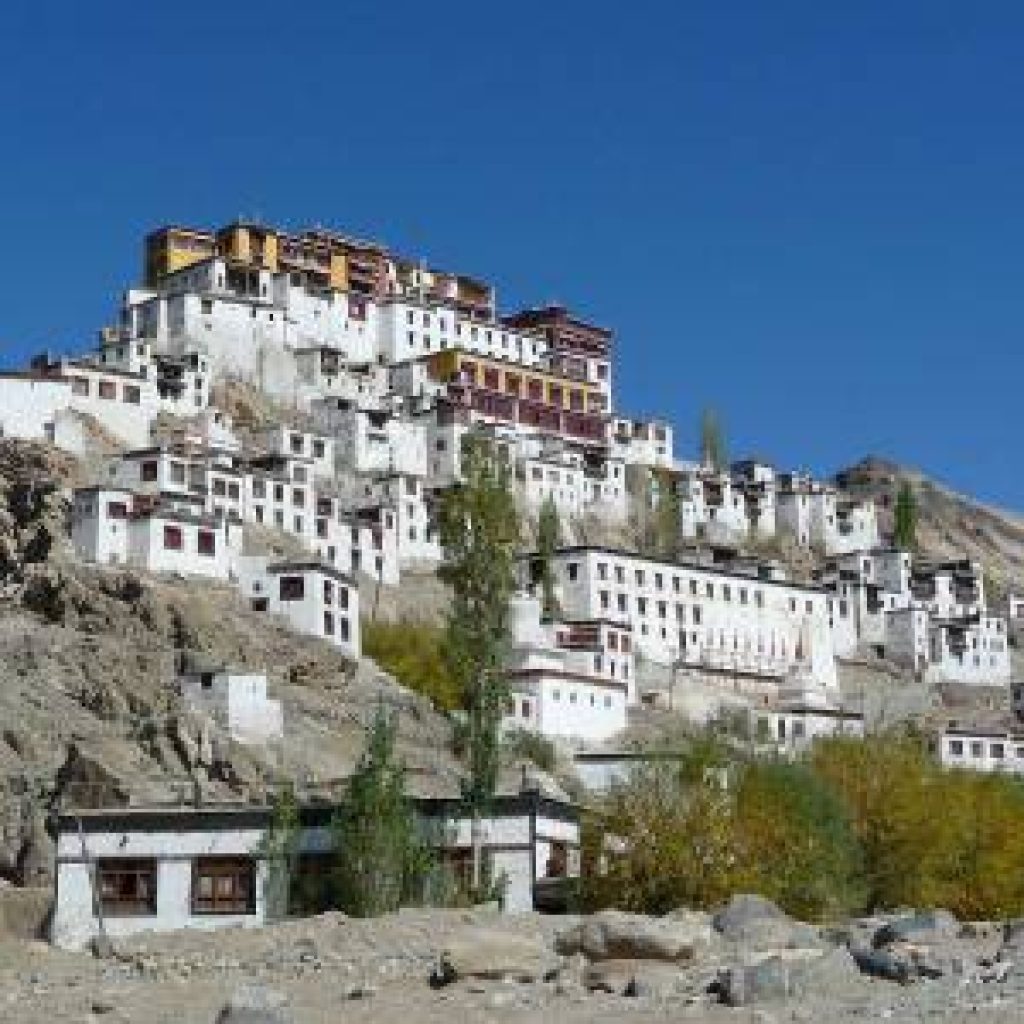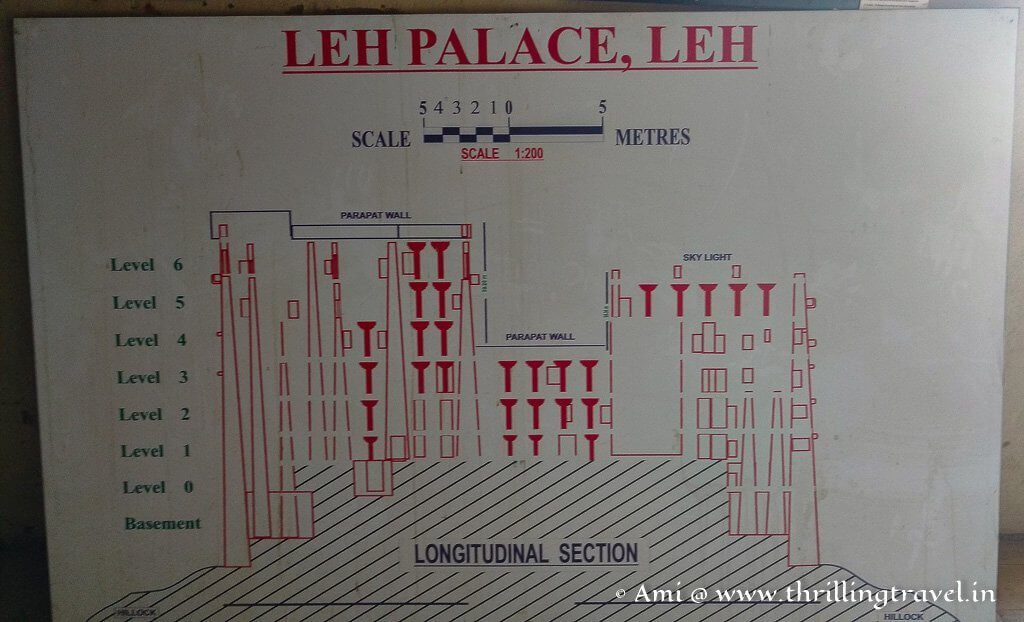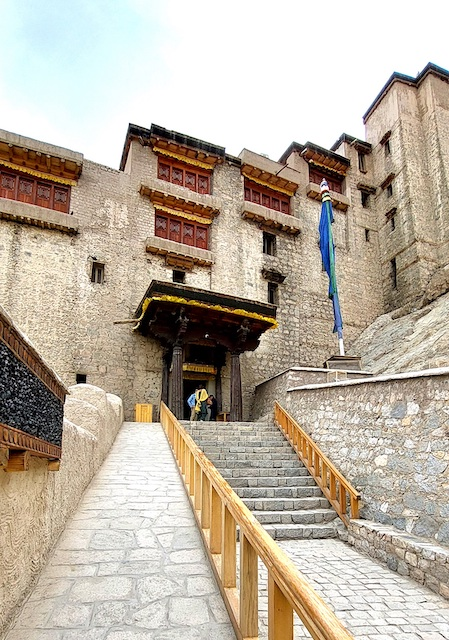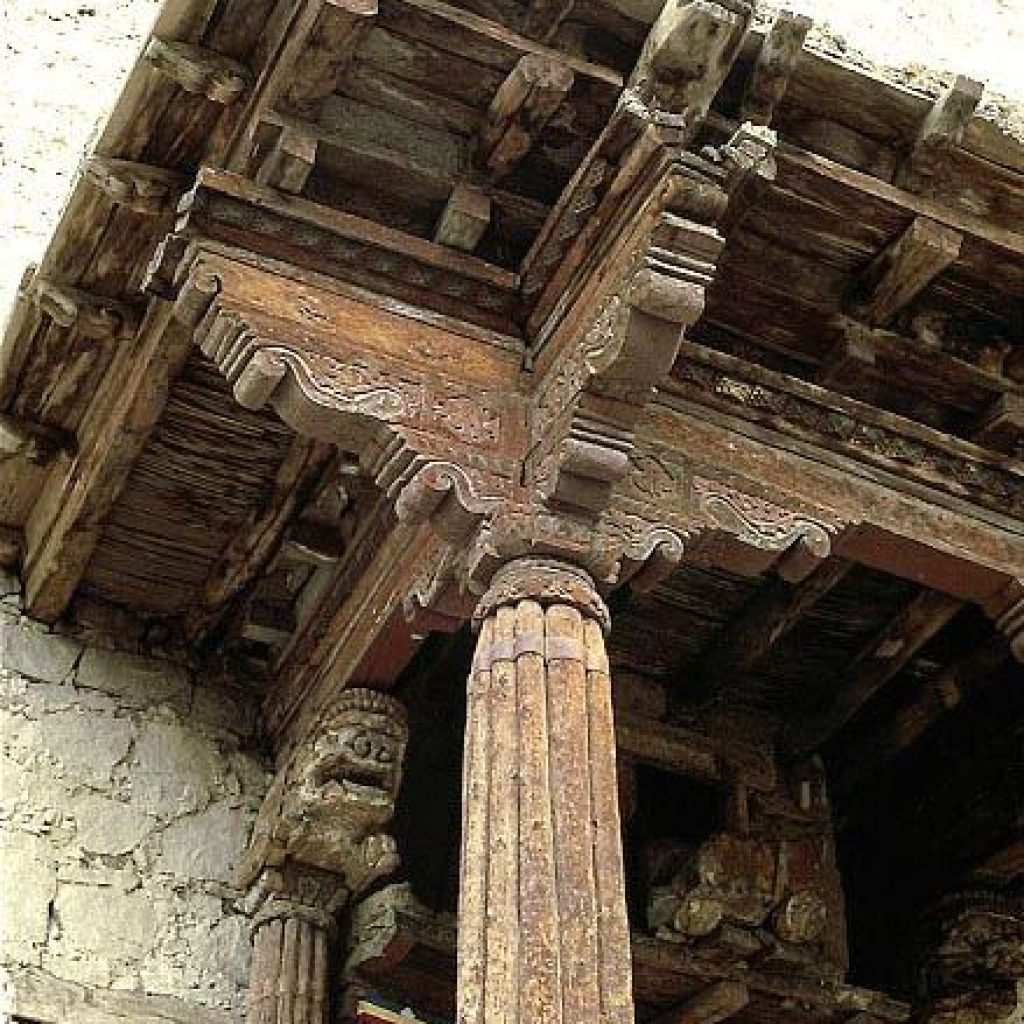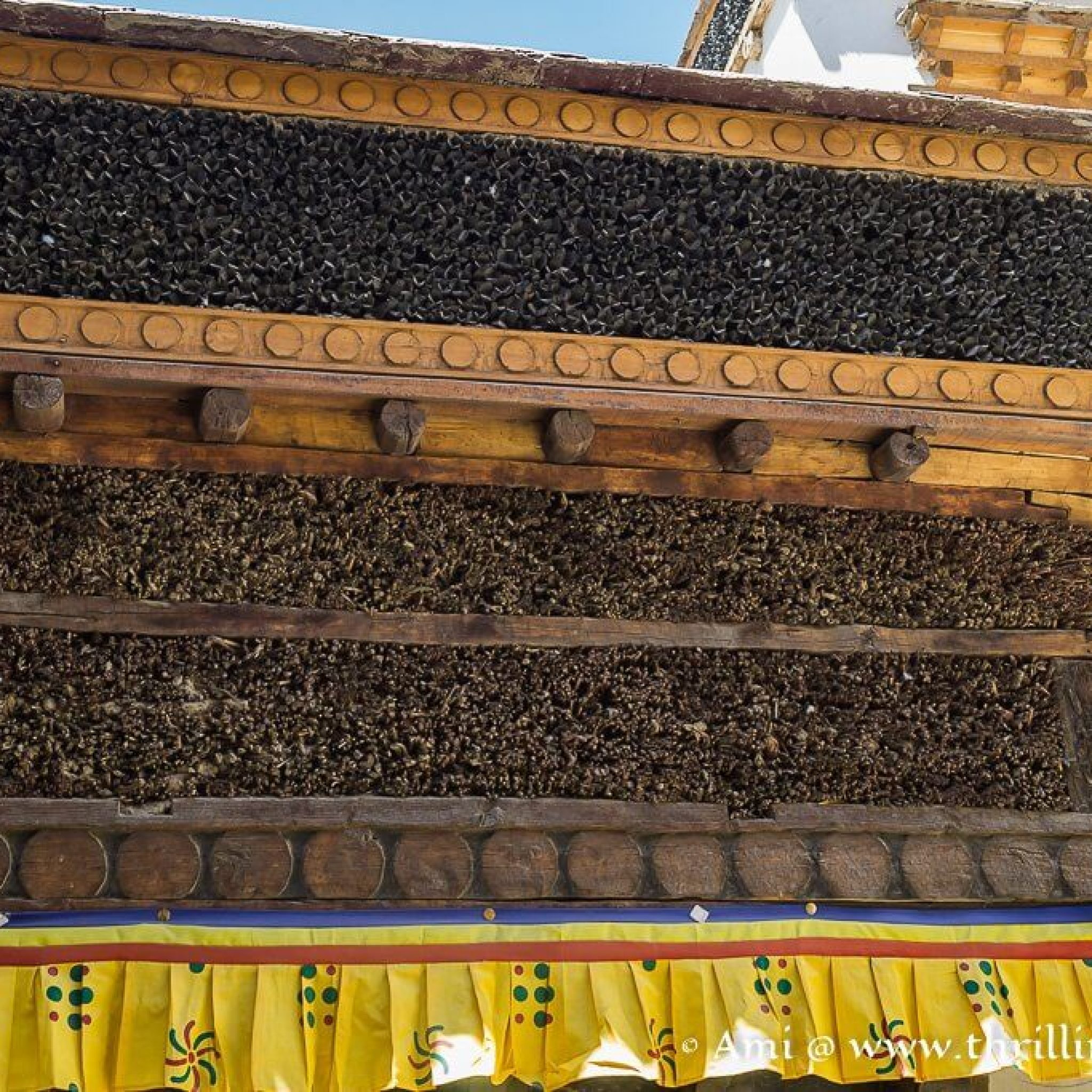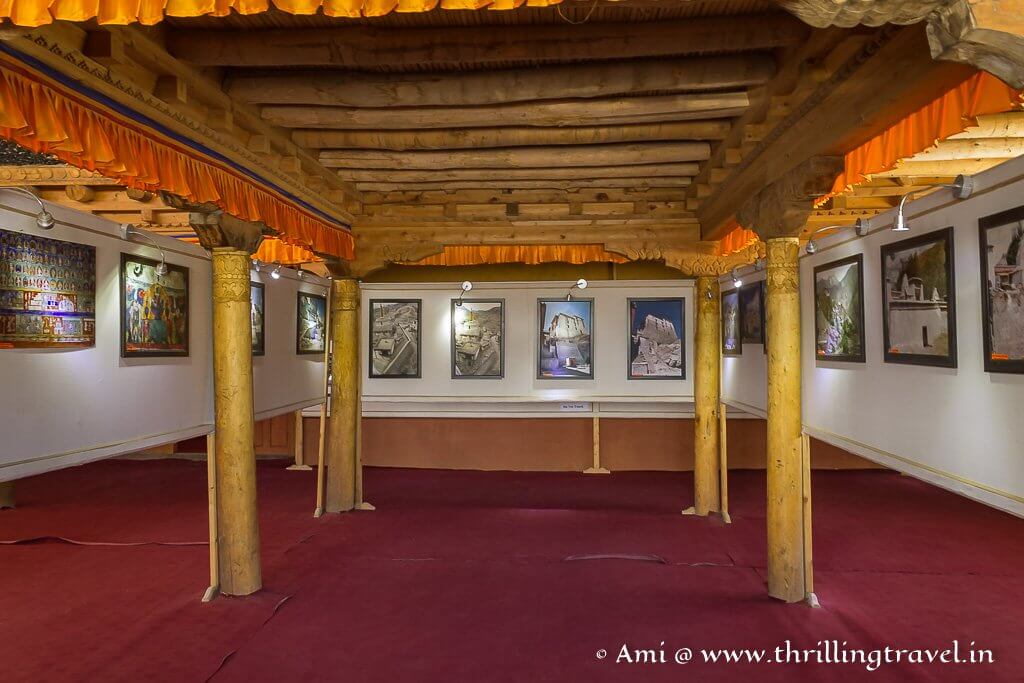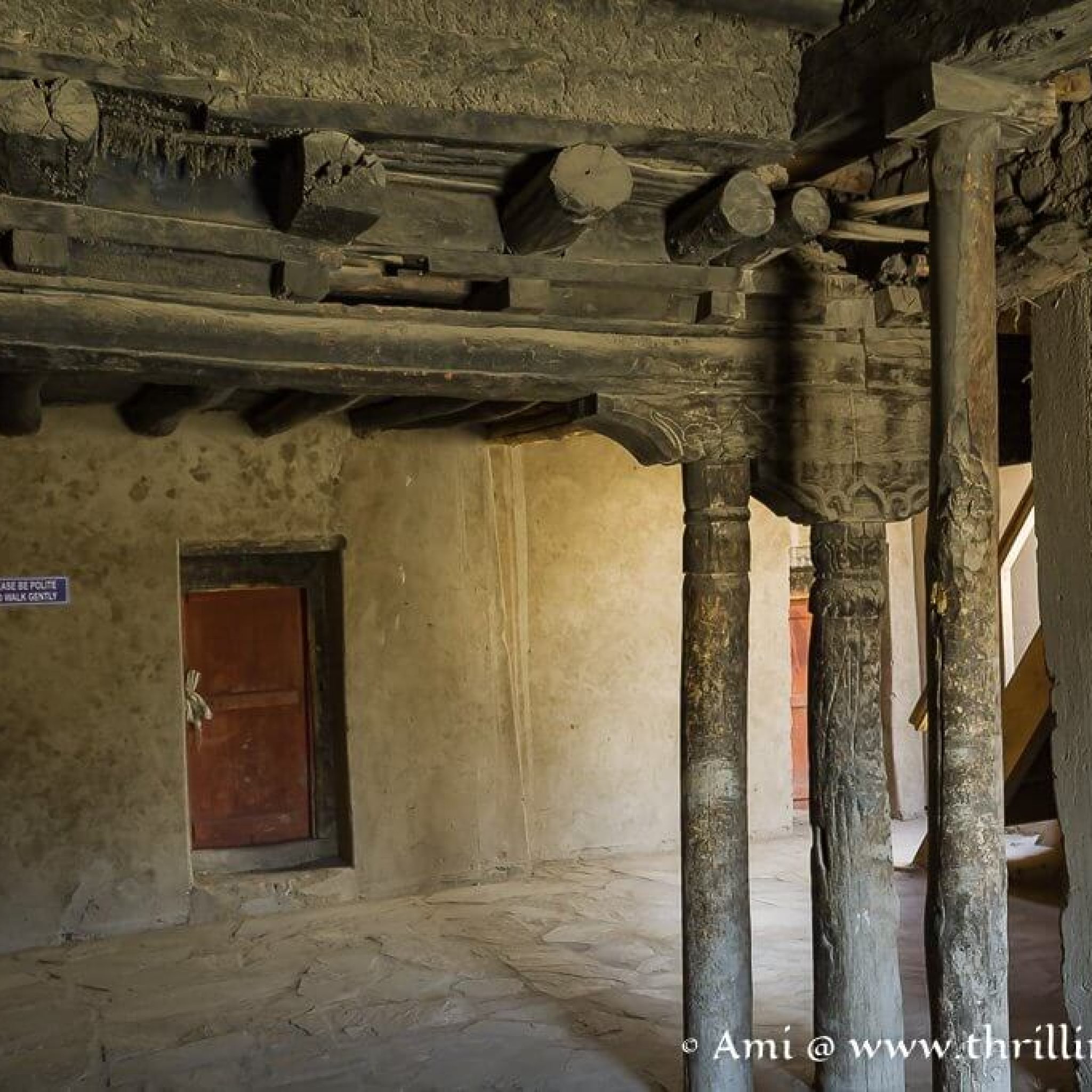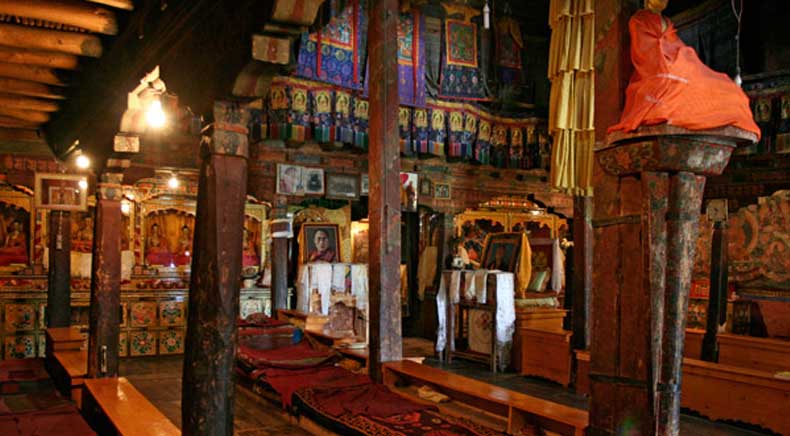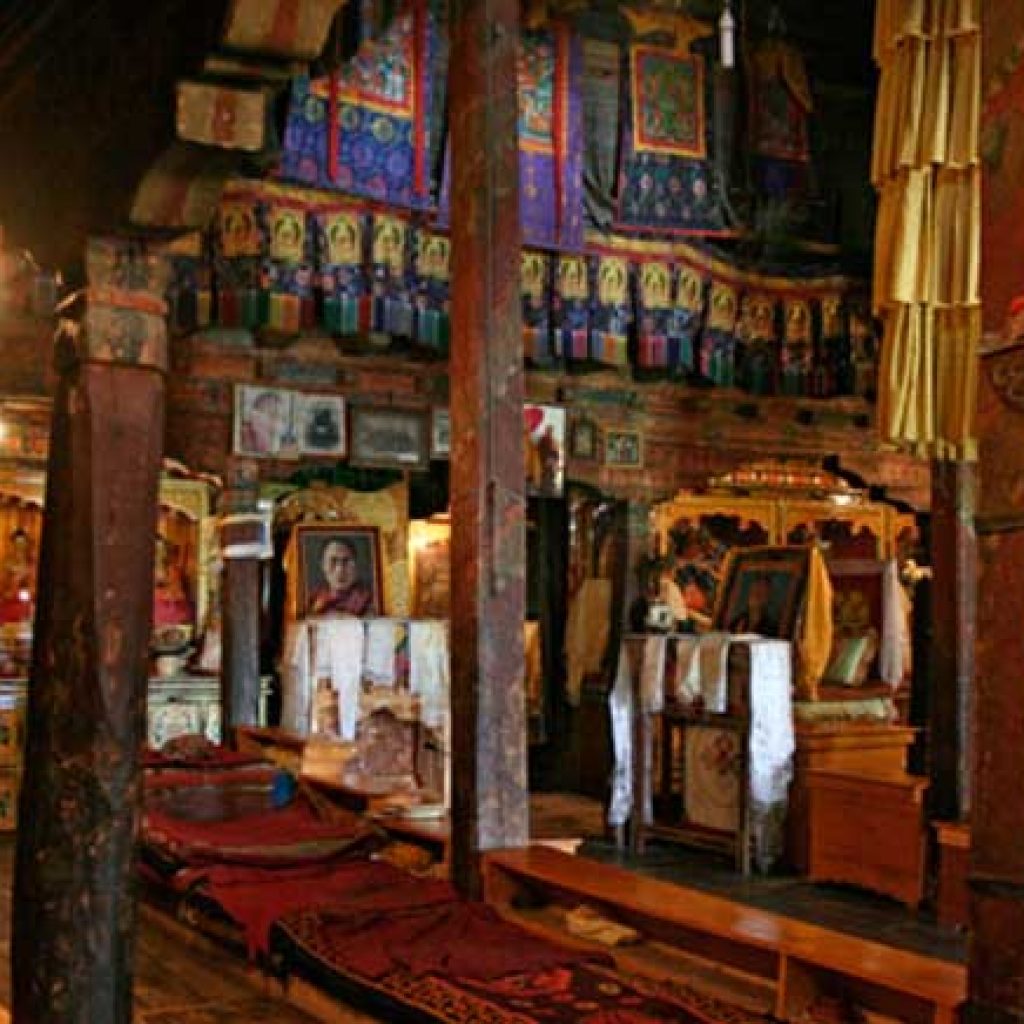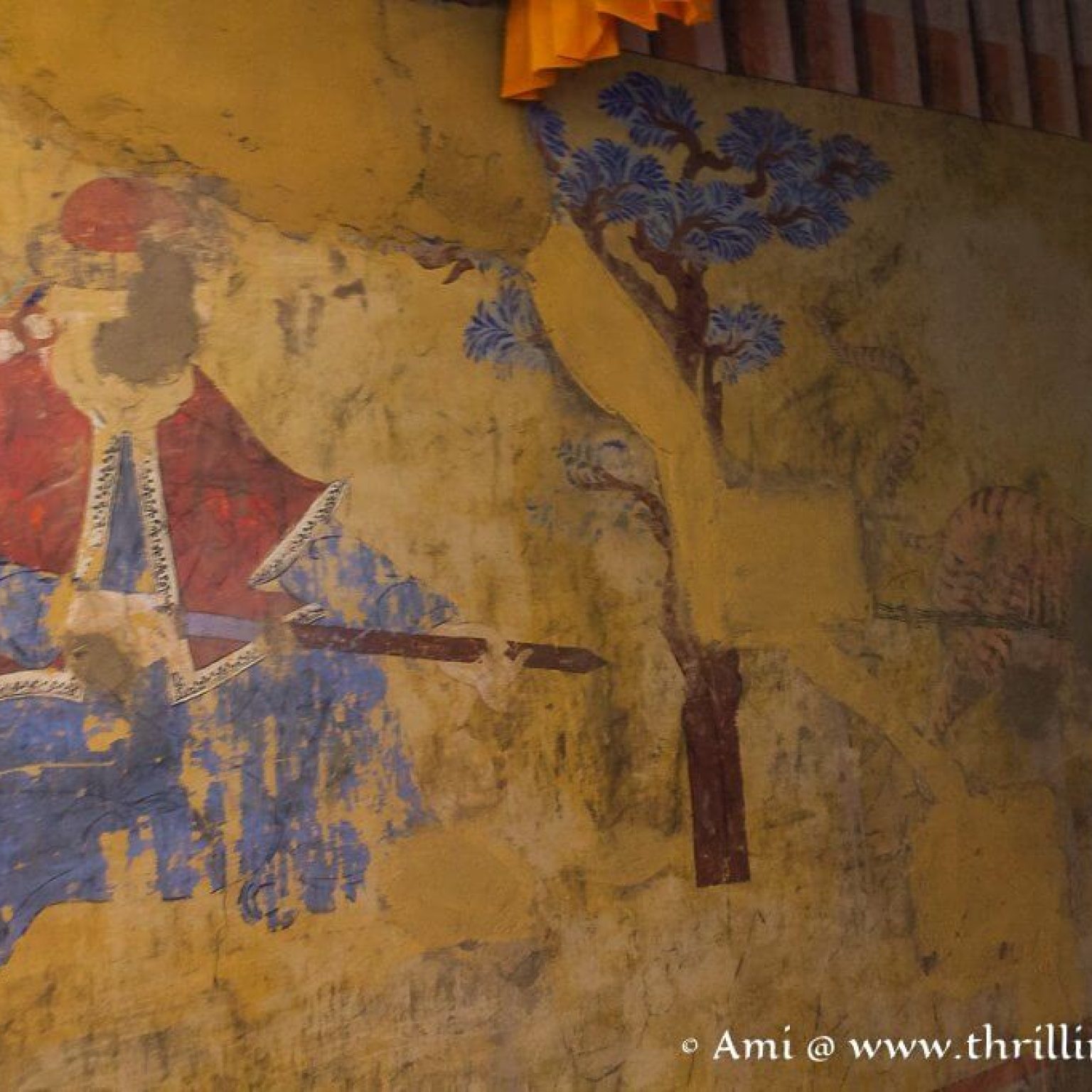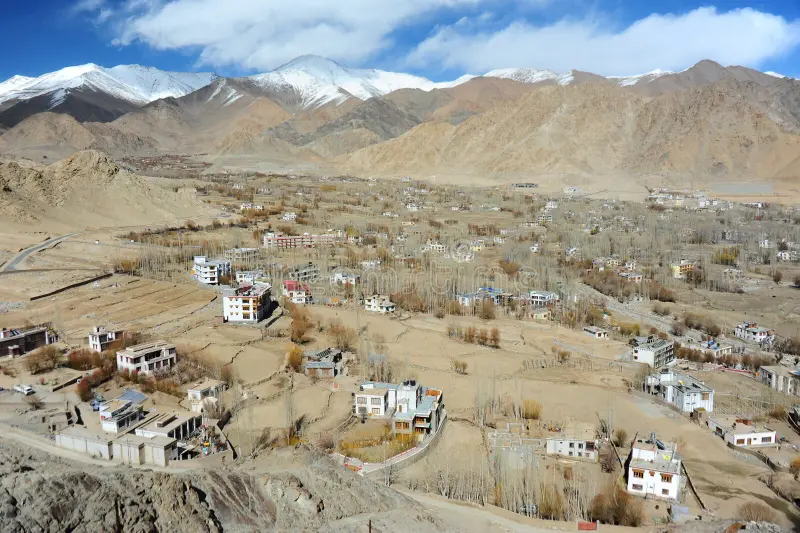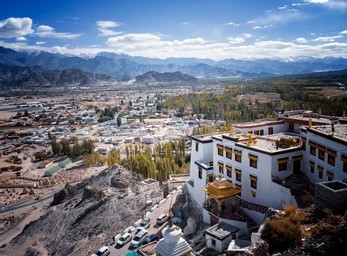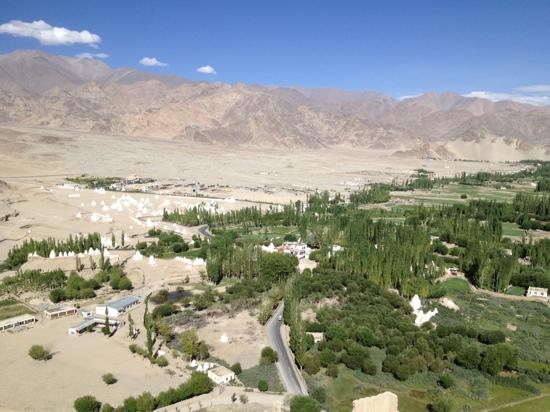Diskit Monastery was founded in the 14th century by Changzem Tserab Zangpo, a disciple of Tsongkhapa—the founder of the Gelugpa (Yellow Hat) sect of Tibetan Buddhism. It was established during a time of expanding Buddhist influence in Nubra and was strategically located to serve as both a place of learning and a religious outpost for the surrounding villages.
Historically, Diskit served not only as a monastery but also as a power center for the rulers of Nubra, who used it to assert their regional dominance and build religious alliances with Central and Western Tibet. Even today, it remains the head monastery of the Nubra region, overseeing several smaller gompas.
Each winter, Diskit becomes the stage for the Dosmoche Festival, one of the most vibrant and sacred events in Nubra, featuring Cham masked dances, rituals to drive away evil, and community gatherings.




